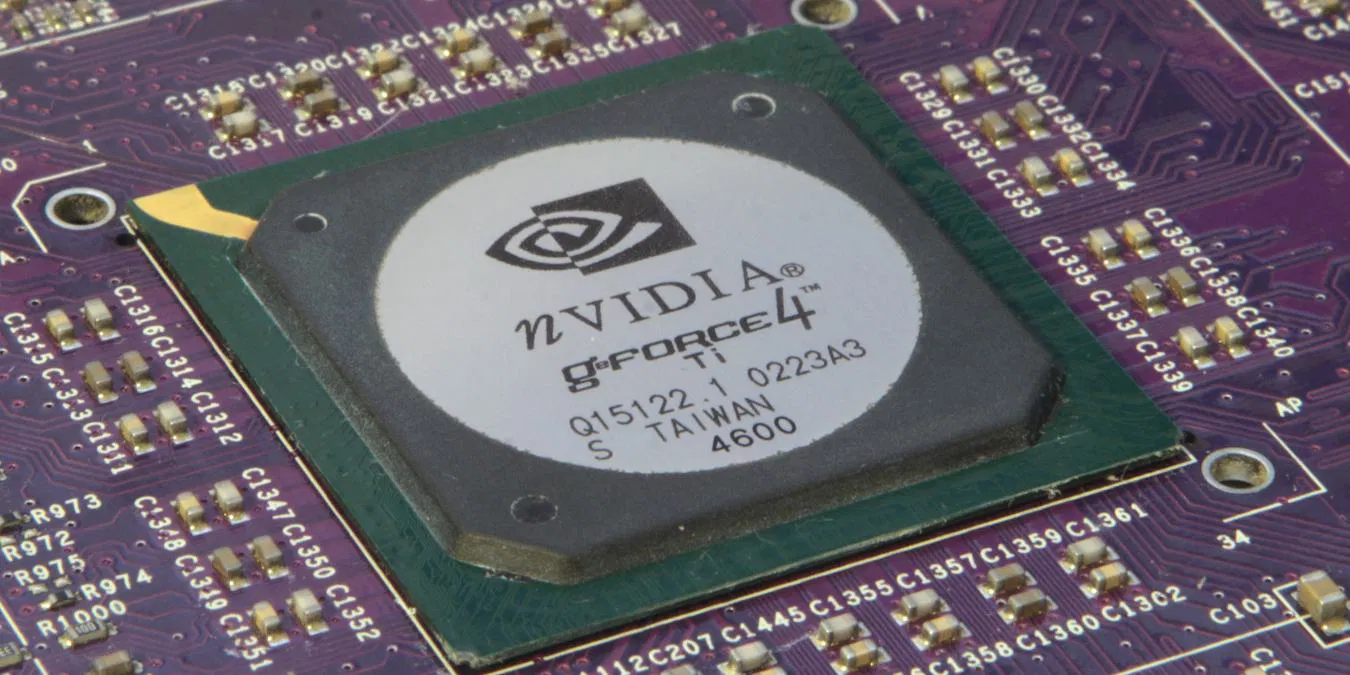If you’ve ever noticed strange lines, flickering, or distorted visuals while gaming or using your PC, you’re likely dealing with GPU artifacts. These visual glitches are more than just annoying — they often signal a deeper problem with your graphics card.
In this article, we’ll explain what GPU artifacts are, what causes them, how to identify the issue, and how to fix or prevent them. Whether you’re a casual gamer, PC builder, or troubleshooting enthusiast, this guide will help you understand and handle GPU artifacting the right way.
GPU artifacts are unwanted visual anomalies that appear on your screen due to issues with your graphics processing unit (GPU). They usually look like:
- Colored pixels or blocks (also called “pixelation”)
- Screen tearing or flickering
- Geometric distortion
- Lines, dots, or strange shapes
- Broken textures in games
Artifacts are not part of the game’s graphics — they are a sign that something is going wrong with how your GPU processes and renders images.

GPU artifacting can be triggered by hardware, software, or external factors. Here are the most common causes:
When your GPU gets too hot, it may start to malfunction, causing artifacts. Poor airflow, dust buildup, or failing fans are often to blame.
Overclocking your GPU can push it past its stable limits. If the memory or core clock is set too high, artifacts can appear.
Outdated or corrupt GPU drivers can interfere with how your graphics card communicates with your system and render images.
Video RAM (VRAM) stores image data. If it’s damaged or failing, your system may not display visuals correctly, leading to artifacts.
A physically damaged or aging graphics card can introduce permanent artifacting. Power surges, manufacturing defects, or prolonged use may cause this.
Inadequate or unstable power from your PSU can lead to GPU instability and visual errors.
If you’re unsure whether you’re experiencing GPU artifacting, try the following:
- Run a stress test using tools like FurMark, MSI Kombustor, or 3DMark. If artifacts show up during the test, your GPU may be the issue.
- Monitor GPU temperatures with tools like HWMonitor or MSI Afterburner.
- Swap cables or monitors to rule out display issues.
- Use Safe Mode to check for driver-related issues.
Note: Artifacts that only appear in one specific game may be software-related, not hardware failure.
Depending on the cause, there are a few things you can try to fix GPU artifacts:
If you’ve overclocked your GPU, revert it to default clock speeds or lower them slightly. Use tools like MSI Afterburner or EVGA Precision X1.
Clean your GPU and case fans. Make sure airflow is optimal. Reapply thermal paste to the GPU if necessary (advanced users only).
Use tools like DDU (Display Driver Uninstaller) to remove old drivers and reinstall the latest ones from NVIDIA, AMD, or Intel.
In some cases, underclocking your GPU slightly can stabilize it if the hardware is aging or VRAM is partially failing.
Worn-out thermal pads on VRAM modules can cause overheating. Replacing them can help if you’re comfortable opening your GPU.
If you suspect your power supply is unstable, test your GPU in another system or with a different PSU.
If the card is still under warranty and you’ve ruled out other causes, contact the manufacturer for a replacement or repair.

Sometimes yes, sometimes no. If the artifacting is due to overheating, drivers, or unstable clocks, it’s often reversible. However, if your GPU has physical damage, failing VRAM, or degraded components, the fix may be temporary or not possible without replacing the card.
Preventing artifacts is easier than fixing them. Here are some tips:
- Keep your GPU clean and dust-free.
- Maintain good airflow in your case.
- Avoid extreme overclocking.
- Use a high-quality power supply.
- Monitor GPU temperatures regularly.
- Install driver updates as they’re released.
You should consider replacing your GPU if:
- Artifacts appear even at idle or during startup
- Games frequently crash or display broken graphics
- Lowering clocks and updating drivers doesn’t help
- The GPU fails stress tests or freezes your PC
If your card is several years old, upgrading to a newer model may not only fix artifacts but also boost your overall gaming performance.
They can appear as flickering textures, colorful lines, blocks, dots, or distorted shapes on your screen.
No. Software issues like bad drivers or unstable overclocks can also cause artifacting.
Yes, if the issue is caused by overheating due to dust buildup. Cleaning can help reduce temperatures.
Artifacts themselves don’t cause damage, but the underlying cause (like overheating or power instability) can harm your GPU if not addressed.
Yes. Damaged or failing VRAM can cause texture glitches, pixel issues, and other artifacts.
It depends. If the artifacts are minor and temporary, it may be safe. If they worsen or affect daily use, it’s best to stop using the GPU and diagnose the problem.
GPU artifacts are a clear sign that something isn’t right with your graphics card. Whether it’s a simple driver issue or a sign of failing hardware, it’s important to act quickly to diagnose and fix the problem. With the tips above, you can figure out the cause of artifacting, apply the right fix, and hopefully get back to smooth, uninterrupted gaming or creative work. If your GPU is aging and showing consistent artifacting, it may be time for an upgrade — and catching it early could save your other components from damage.
- Noctua Gpu – The Ultimate Silent Cooling Solution for Graphics Cards!
- How To OverClock Your Gpu – A Complete Beginner’s Guide!
- Gpu Water Cooling – The Ultimate Guide to Liquid-Cooled Graphics Performance!
